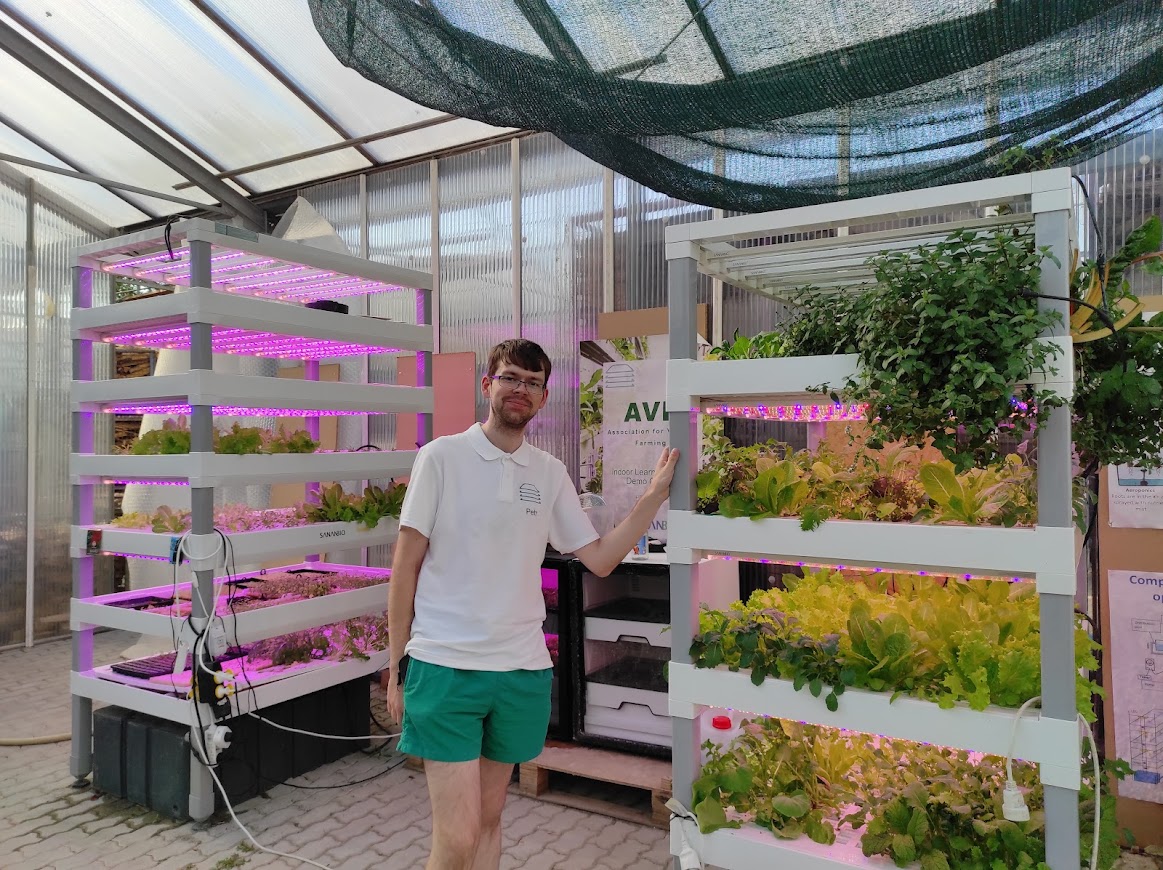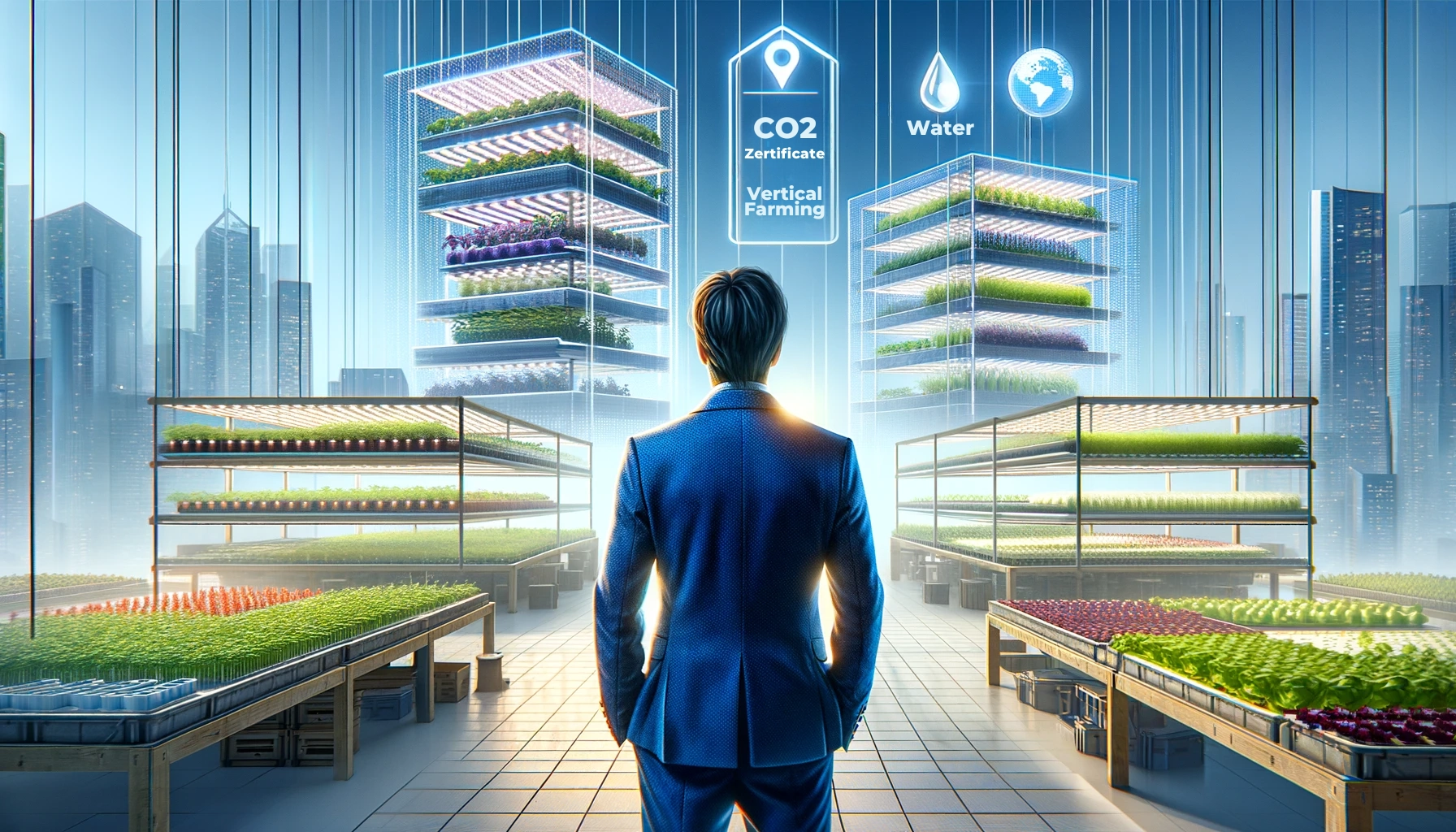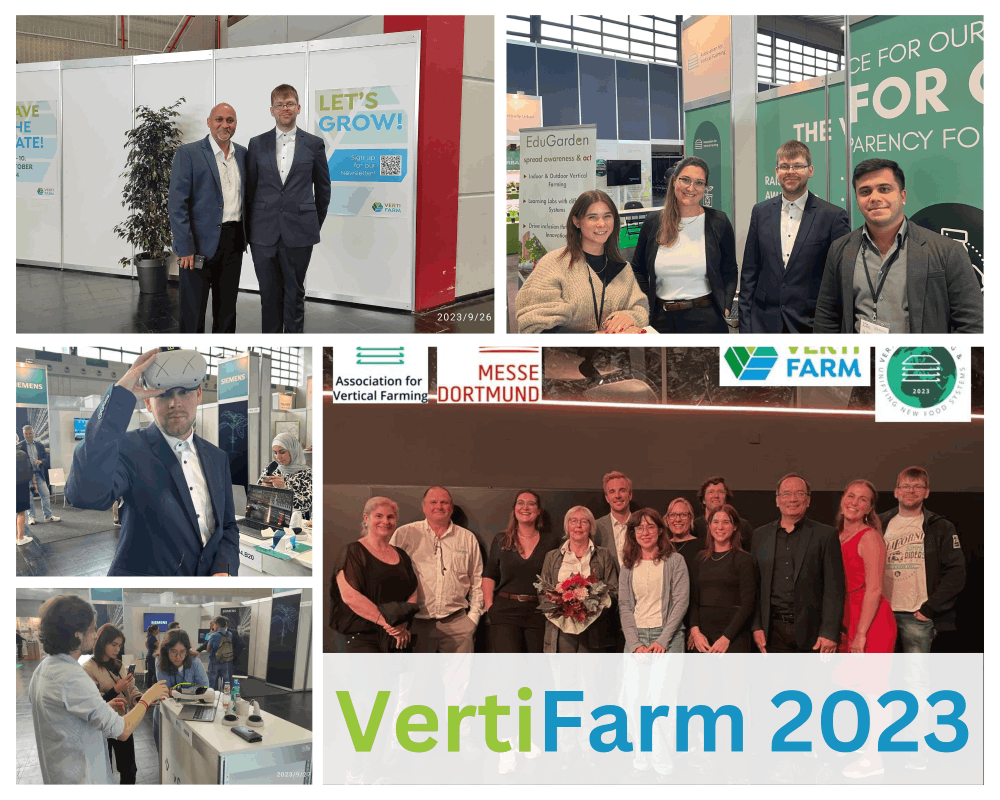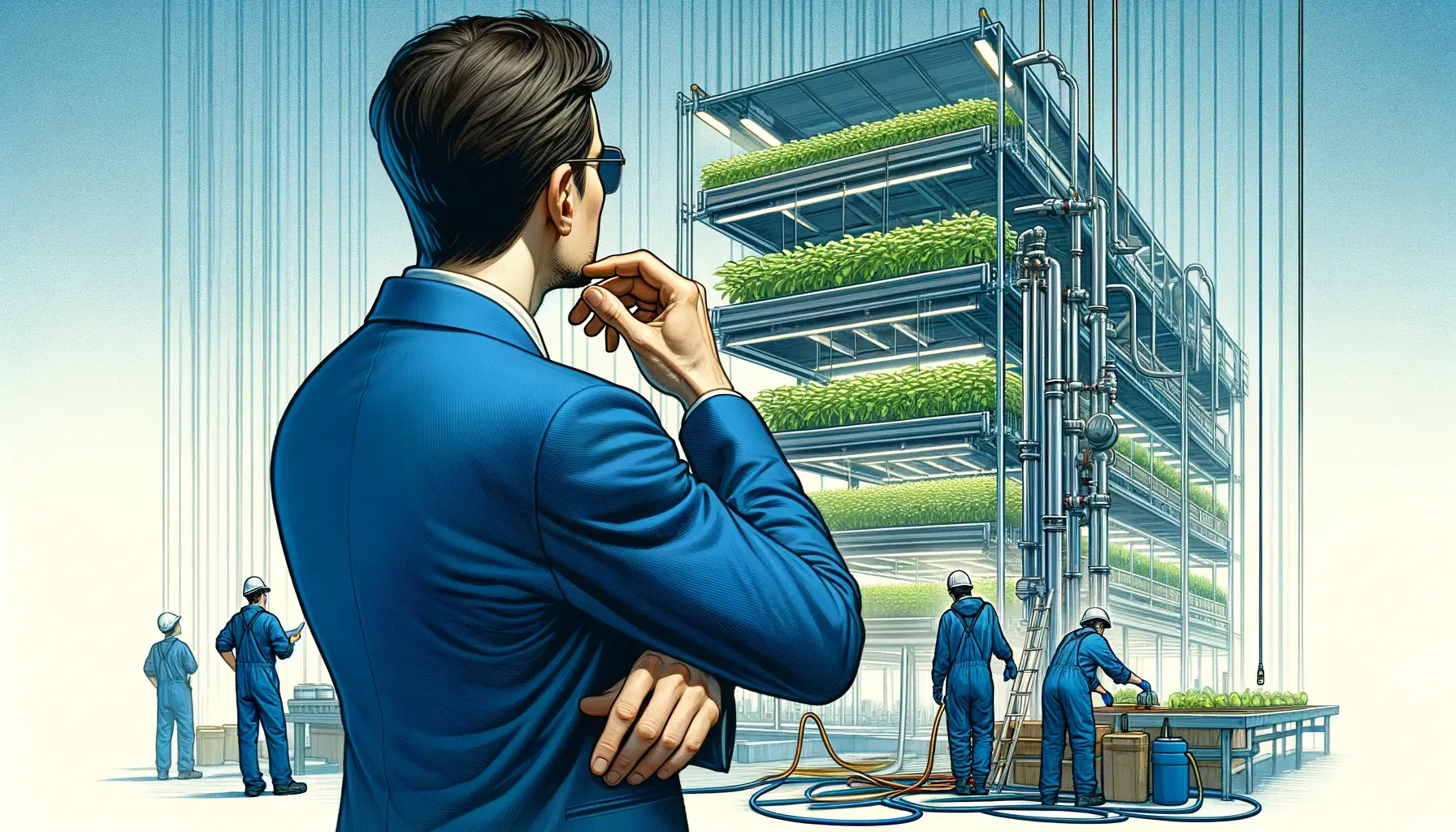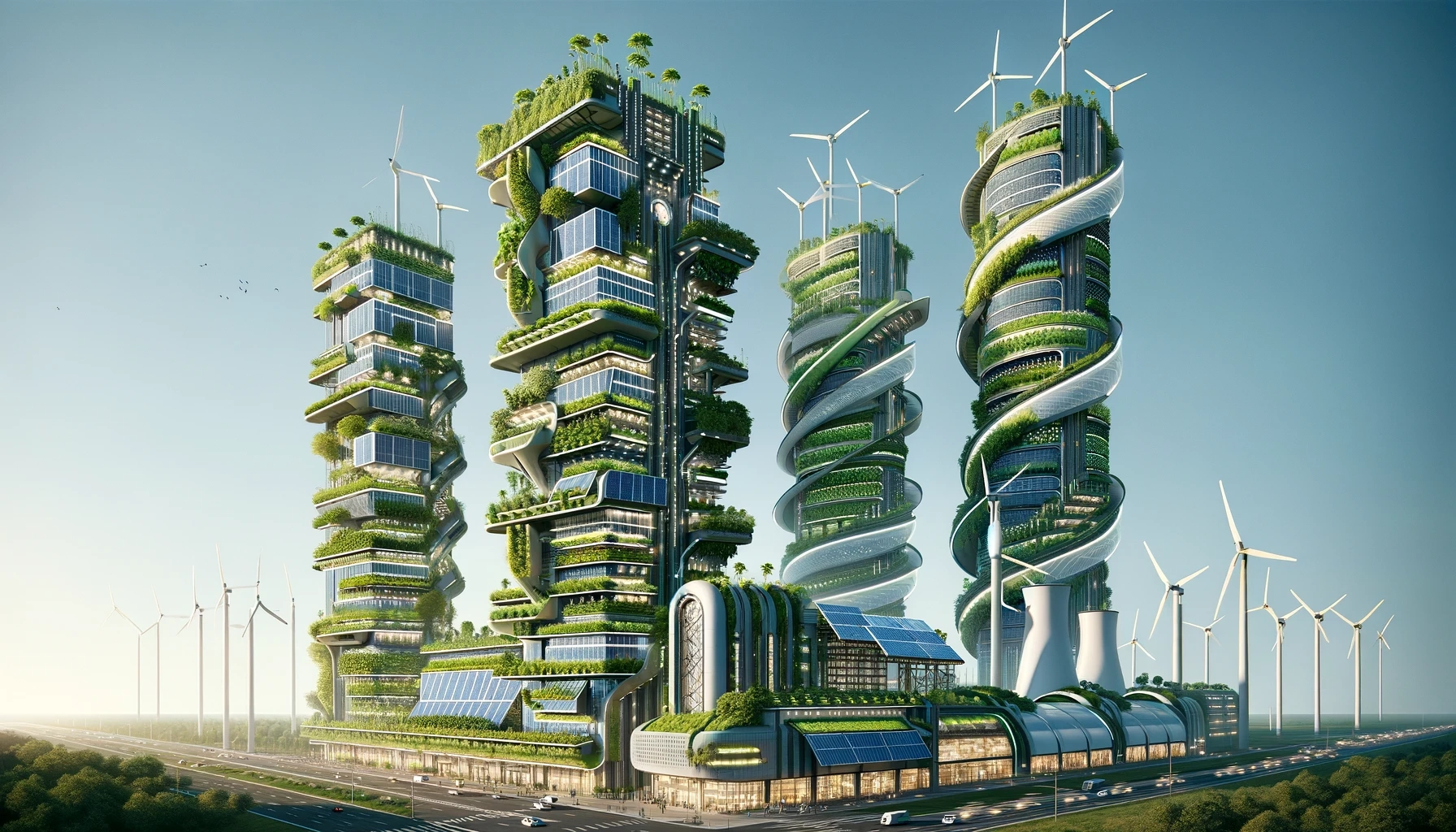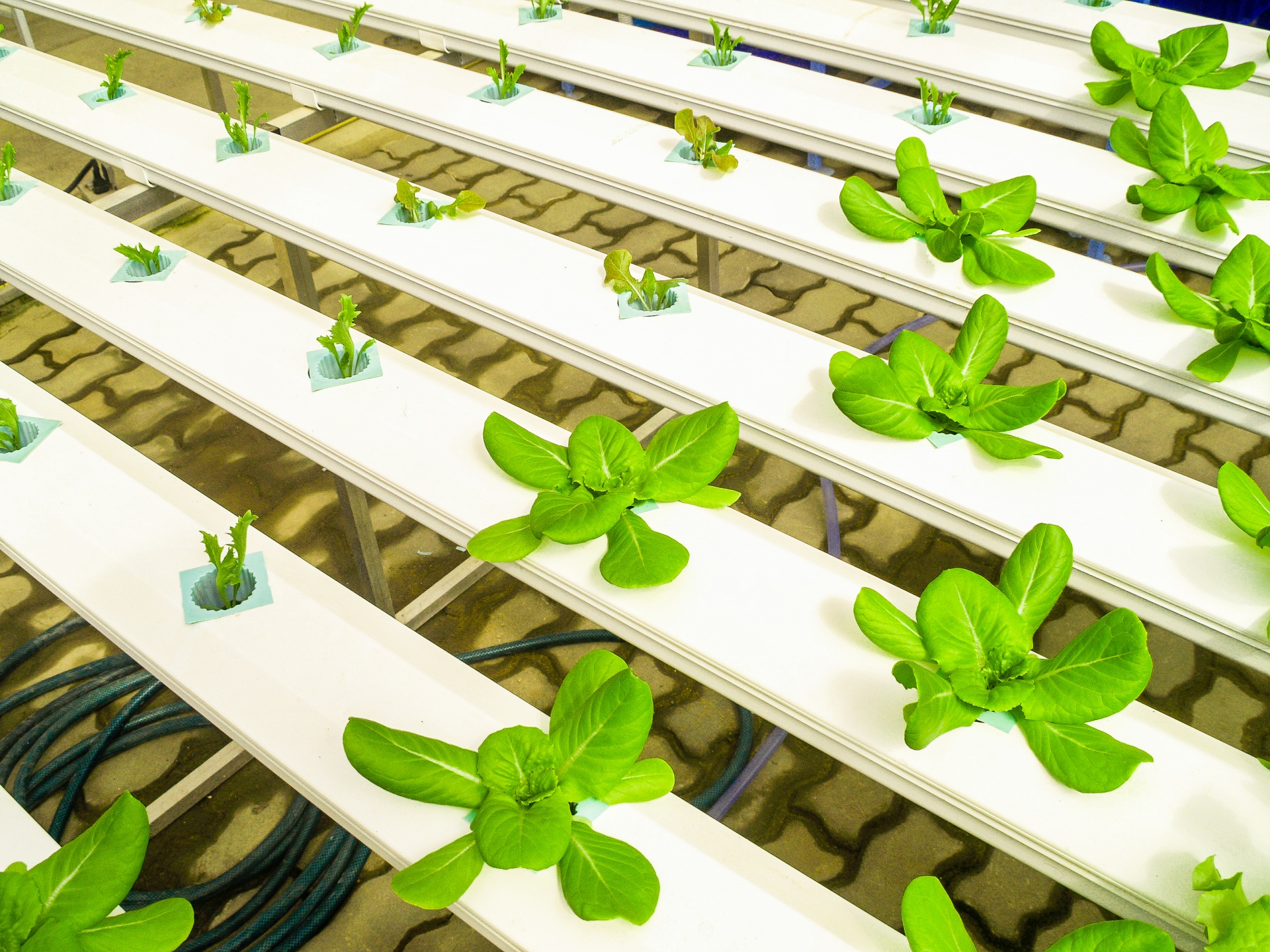Those who know me know that I am in the vertical farming business. While I'm not in the lab or indoor growing facility on a daily basis, I've seen live what it's like, what the problems are, and what the solutions are to challenges.
One thing, and this is the point that is most of the truth about the negative aspects of vertical farming: the cultivation of Basic food products. Mainly cereals.
Vertical Farming and the Hunger Problem
While it may be quite hip to be in a Berlin or Leipzig restaurant the lettuce comes from an indoor farm in the district, but does it fill you up? Can it solve the problems of hunger?
No, you can't.
Dickson Despommierthe father of modern vertical farming as we know it today (not the original father of vertical farming), invented the concept of vertical farming in early 1999. So or so similar I may remember to have read, was the problem for his students: To provide food for millions of people on a small area in New York.
At that time, it was not about selling salad for hip restaurants around the corner for vast sums of money, but to be able to feed the population locally at reasonable prices.
Alternative proteins?
I do actively support development and communication through my work in this industry, but really solving the problem of being able to grow staple crops is almost non-existent. At least in the industry itself, in ancillary sectors like alternative proteins, etc., yes, they are sort of working on a different solution.
Unfortunately, it is more convenient, and ultimately more profitable, to grow lettuce and microgreens to sell at a high price, but it does not solve hunger. And this is not even the fault of the entrepreneurs, or the industry itself, but lies in the nature of the system itself. Salads do not have many calories, salads are good for weight loss, but not for feeding people and making them full.
A main problem with vertical farming here is not the technology, even with today's technology cultivation is possible, but one would need genetically modified plants that do not grow so high so that as much as possible can be cultivated, furthermore every hour that the plants are illuminated and supplied with a nutrient solution is a cost driver.
Lettuces take 30 days to be harvested. My last information was that as a top performer in vertical farming, you could do it in 20 days. And that's good because the faster you can harvest, the more you can grow and establish more crop cycles in the year, again increasing profitability. Logical, right?
To feed people, you need plants with high calorie content. Salads do not fall into this category.
Cultivation time of cereals
Winter wheat requires 280 to 350 days to develop (from sowing to harvest), while spring wheat requires 120 to 145 days. (Source)
So you need at least 4 months from sowing to harvest for wheat. For lentils is also 4 months, peas need 3.5 months, beans 2-3 months, potatoes 4 months.
It is simply uneconomical to grow grains or other vegetables with a lot of calories in a vertical farm, which have a long growing season and rely on a lot of light during that time. And light causes a great Power consumption in a vertical farm. Of course, now you can argue somehow. But the problem remains Time, power, cost, these are the main reasons why, in my opinion, based on the expertise I have, it just doesn't work.
With the Basic food products, the soybean has the most nutrients and minerals, coupled with many calories, the soybean makes you full. But the problem here is also, the plant needs space. And in conventional field cultivation, this needs 6 months from sowing to harvest.
Aeroponic potatoes
Fascinating, on the other hand, I find the cultivation of Potatoes in aeroponic plants (video), these have a relatively large number of calories, a lot of carbohydrates, make you full. These need from sowing to harvest about 3 months. There it already looks different and there I find the ratio input:output better. Disadvantage is, as seen in the video so far, due to the root length and the problem that the potatoes now grow at the roots, you need more space, for the conventional vertical farm, this is rather not feasible.
The advantage would be ideal especially for regions that have little water, the potatoes grow, there is minimal water loss and you can feed people with it, because in aeroponics the roots hang in the air and are periodically sprayed with a mist of water and nutrients, so the roots do not rot and you need less water.
Automation of the harvest?
However, one problem that the aeroponic potatoes also have, the harvest. It is simply not easy to automate. With microgreens and lettuces it is easier, these do not grow much beyond themselves and can be more or less depending on the plant. Harvested automatically are to be reduced. Because one cost driver that must not be forgotten is the human labor and this is now times in developed countries with corresponding purchasing power also more expensive, consequently, one wants to save here also as far as feasible, corresponding costs, which in turn are reflected in the consumer in the product price. However, automated harvesting of large plants indoors is hardly practicable.
Maybe I'm wrong and in the next few years such progress will be made that will prove me wrong.
Vertical farming has its advantages, but also its disadvantages, just like conventional farming in the field. Therefore, it does not make sense in all situations, but it has its strengths.
Further information:
Infarm's indoor wheat suggests we re-examine the realities of vertically-farmed commodities
Wheat crisis opens door for huge indoor farming potential - article by Light Science Technologies

